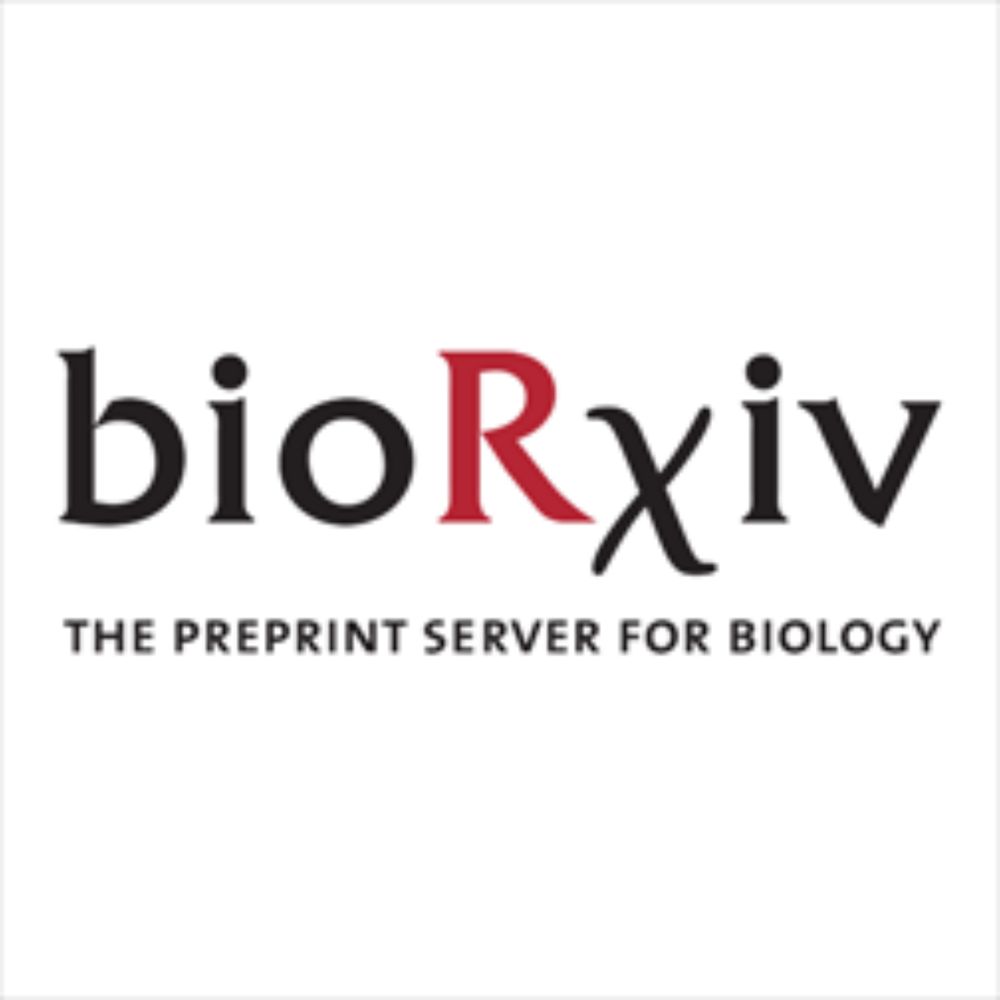Awesome resource and super proud of Dewar lab alum tatakavlashvili.bsky.social who co-led the work.
11.03.2025 21:35 — 👍 3 🔁 0 💬 0 📌 0
"Resolution of collapsed forks is separate from completion of DNA synthesis"
biorxiv.org/content/10.1...
"Rescuing bacterial genome replication: essential functions to repair a double-strand break and restart DNA synthesis"
biorxiv.org/content/10.1...
10.03.2025 23:42 — 👍 0 🔁 0 💬 0 📌 0
Also
@heathmurraylab.bsky.social were absolutely AMAZING colleagues as we discussed our complementary studies and how to put them out to the community. We are incredibly grateful to have them as colleagues in the field!
March 10, 2025 at 6:22 PM
10.03.2025 23:39 — 👍 2 🔁 0 💬 1 📌 0
These differences make intuitive sense because helicase reloading proteins in bacteria are absent from vertebrates. Conversely, converging forks are common in vertebrates but rare in bacteria. Overall it looks like the response to fork collapse is shaped by evolution.
10.03.2025 23:21 — 👍 0 🔁 0 💬 1 📌 0
In their study it was because re-loading of the replicative helicase was needed to restart synthesis. In our case it was because fork convergence was needed to generate a double-ended DSB.
10.03.2025 23:21 — 👍 0 🔁 0 💬 1 📌 0
We were really surprised that D-loops in and of themselves did not efficiently restart DNA synthesis following fork collapse in vertebrates. However, @heathmurraylab.bsky.social came to the same conclusion independently in bacteria!
10.03.2025 23:21 — 👍 1 🔁 0 💬 1 📌 0
Overall, our results indicate that resolution of replication dependent DSBs is separate from completion of DNA synthesis while revealing flexibility in how PARP inhibitors can induce fork collapse.
10.03.2025 23:21 — 👍 0 🔁 0 💬 1 📌 0
Similar events happen at simple SSBs (‘nicks’), CRISPR-Cas induced SSBs and abasic site SSBs. PARP inhibition can stabilize SSBs to promote fork collapse, but we find that this differs based on the composition of the underlying SSB.
10.03.2025 23:20 — 👍 0 🔁 0 💬 1 📌 0
We also discovered that “secondary collapse” events can take place. These involve extensive exonuclease degradation of the single-ended DSB to disassemble the divergent fork.
10.03.2025 23:20 — 👍 0 🔁 0 💬 1 📌 0
Fork convergence formed single-ended DSBs that were converted to double-ended DSBs and rapidly resolved by end joining. End joining was largely accurate and resulted in efficient completion of DNA synthesis.
10.03.2025 23:20 — 👍 0 🔁 0 💬 1 📌 0
Leading or lagging collapse induced single-ended DSBs that were efficiently resolved by RAD51 to form D loops. However, restart of DNA synthesis was not detected.
10.03.2025 23:20 — 👍 0 🔁 0 💬 1 📌 0
We analyzed the downstream consequences of fork collapse to understand how DNA synthesis is completed after a single-strand break (SSB) is converted to a double-strand break (DSB) by replication.
10.03.2025 23:18 — 👍 0 🔁 0 💬 1 📌 0
Senior editor @naturesmb.bsky.social. Views and opinions are personal.
TIBS is celebrating its 50th anniversary in 2026 - join in the fun and share your ideas with us!
To learn more, visit: https://www.cell.com/trends/biochemical-sciences/anniversary
Managed by editor @sanniejculbertson.bsky.social
Explorers of nuclear/genome organization & stability, chromatin, RNA-DNA crosstalk, ribosome biogenesis, AI, cancer, and aging (basic to translational research).
www.mekhaillab.com
Geneticist and cell biologist at the University of Southern California | DNA repair | heterochromatin | recombination | nuclear dynamics | nuclear architecture | genome stability.
We study DNA replication and genome integrity || live-cell single-molecule microscopy || Bacteria || Budding-yeast || mammalian cells
We are at the Department of Biology, @mcgill.ca
https://reyes-lamothe.lab.mcgill.ca
Scientist. https://www.sfeirlab.com/
Prof. at MSKCC and co-founder of Repare Therapeutics. 🇱🇧+🇺🇸 in NYC
Professor and Chair, Department of Biochemistry
@DamonRunyon.org Timmerman Traverse Fellow www.sfeirlab.com MSK • PhD in Dewar lab @vanderbilt.edu • from Tbilisi, Georgia 🇬🇪 basic scientist fascinated by mtDNA+🏔️⛷️🎭🗽NYC📍
Interested in all aspects of genome stability, with a special bias towards the understanding the maturation of the lagging strand.
Wellcome Early-Career Fellow investigating novel DNA damage repair mechanisms in bacteria at Newcastle university (UK)
Associate Professor at Clemson University, Dept. of Genetics and Biochemistry, Research focuses on DNA repair and replication 🧬, amateur curler 🥌
Postdoctoral Researcher @NynkeDekkerLab @UniofOxford @KavliOxford Ph.D. @MRC_LMB @Yeeles_Lab @Cambridge_Uni / DNA replication &replication stress enthusiast 🧬
Among other things, a scientist trying to understand how cells avoid things going wrong during DNA replication.
http://www.genomestabilitygroup.com/
Scientist: durocherlab.org @ Lunenfeld-Tanenbaum Research Institute, Toronto.
Founder: Repare Therapeutics & Induxion Therapeutics
Genome stability, DNA repair, replication stress, functional genomics, basic cancer biology
Focusing on telomere metabolism, innate immune signaling, cancer initiation, and proliferative boundaries; Salk Institute
The Anja Groth group in Copenhagen studies chromatin replication, epigenetic memory and (epi)genome stability in the context of mitotic cell division
Washington University in St. Louis
https://vindignilab.wustl.edu/

